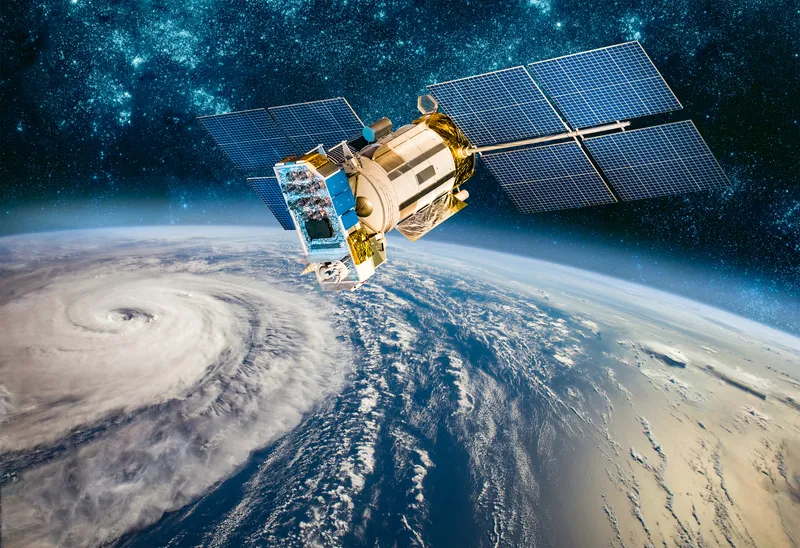The companies are developing a 4G/5G-enabled LED smart light pole for use in roads, streets and parking lots to improve wireless broadband access in dense urban areas while also providing quality energy-efficient connected LED lighting.
The design of the new smart pole will incorporate a wide range of technological capabilities into a sleek form factor that blends into a variety of different cityscapes. Equipped with a fully integrated antenna, the new smart pole will co-locate multiple wireless carriers in a single structure and can accommodate a variety of radio configurations from various major OEMs.
Multiple wireless carriers can easily install radio equipment including 4G and 5G small cell radio equipment with the plug-and-play design, without adding urban clutter, changing the city landscape, or affecting the aesthetics of a neighbourhood. Additionally, the lighting on each smart pole can be monitored and managed remotely to optimise energy savings and reduce maintenance costs using the Philips CityTouch connected street lighting management system.
Philips Lighting and American Tower Corporation form alliance develop smart street lighting
Wireless infrastructure provider American Tower Corporation has formed an alliance with Philips Lighting to co-develop a high performance smart street lighting pole for smart city applications in the US.
The companies are developing a 4G/5G-enabled LED smart light pole for use in roads, streets and parking lots to improve wireless broadband access in dense urban areas while also providing quality energy-efficient connected LED lighting.
September 12, 2017
Read time: 2 mins
Wireless infrastructure provider American Tower Corporation has formed an alliance with 5147 Philips Lighting to co-develop a high performance smart street lighting pole for smart city applications in the US.










